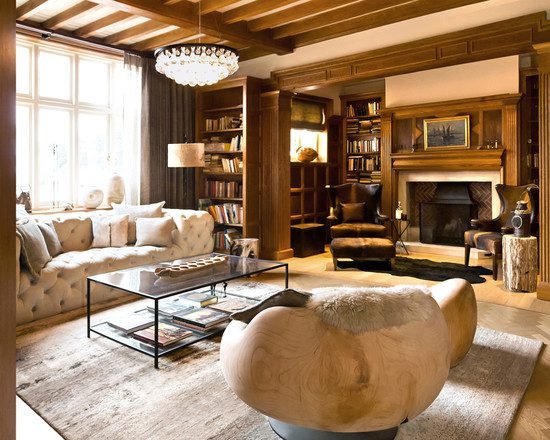A healthy home is essentially a better indoor air. Building materials, paints and furniture can give off different pollutants. Because of that air in a room will be loaded with bacteria that may have serious consequences over time, on your health.
An ideal but expensive solution is the complete renovation of the interior. An alternative but also expensive solution is the use of products that clean and freshen the air.

Photo by Urrutia Design – Search bedroom pictures
Dangers install silent and invisible, in our home without realizing it or suspect it. Besides, they cannot be seen with the naked eye, they do nothing to attract attention or give us a warning. Only our sense of smell can sometimes perceived them as some bad, pungent odor. Others instead have no smell.
Anyway, whatever they are, all these dangers are threatening your health and they are found in the air that you breathe in your home. Only the room wall biological analysis can detect everything that is harmful for your health and its source. The concentration of these harmful substances affect significantly your mood and health. Researchers are studying for a long time this phenomenon and the implications it has on the human body. Symptoms and diseases can be diverse respiratory diseases, headaches, allergies, skin problems, fatigue, lack of concentration and even cancers. Possible reasons for these problems are asbestos fibers and minerals, bacteria, fungi that form due to mold, chemicals, etc.
However, how do they get in your breathable air?
– Asbestos was widely used in the construction industry due to its fire-protection characteristics.
– Mineral wool is a material that insulates and retains heat inside the house.
– Mold is characteristic of wet and stuffy rooms.
– Chemicals are found in many building materials and furniture, because they are part of paints, varnishes, adhesives, etc.
Under certain conditions, these substances are emitted into the breathable air, and from there into the respiratory system or on the skin.
The well known chemical compound formaldehyde (methane) is actually an aqueous solution, a gas with pungent odor and that is used to produce adhesives, resin which is then used in the manufacture of wooden boards or foam insulation boards. Therefore, in addition to cigarette smoke, plywood furniture is one of the largest sources of formaldehyde. Plywood is also found in the room walls or floor. Proportion of formaldehyde allowed for an office or home is less than 0.1 ppm (parts per million) of this substance.
Solutions for an Indoor Clean Air
What to do and how to act to combat this problem?
1| New Construction: When it comes to new construction avoid products that contain chemicals beyond permissible limit. An authorized seal of various institutes dealing with products that protect the environment is a sign by which you can make the right choice.
2| Old Construction: If your house is old a major renovation is the perfect way by which your home indoor air can be cleaned and refreshed.
However there are other effective alternatives: industry lately has developed many kinds of materials and products that contain a minimum of pollutants and help to filter the air. For example clay or lime plaster absorb unwanted odors and regulates humidity in the room.
Small Family Homes with Modern Interiors (howtobuildahouseblog.com)


